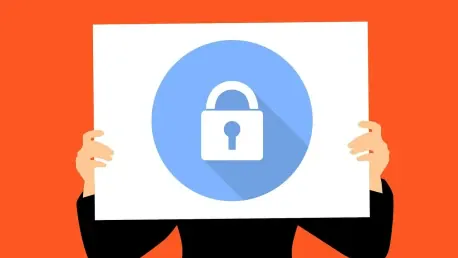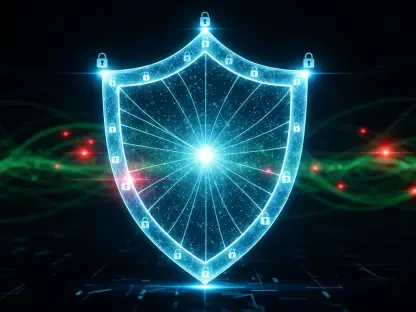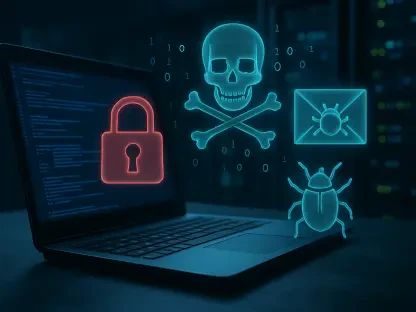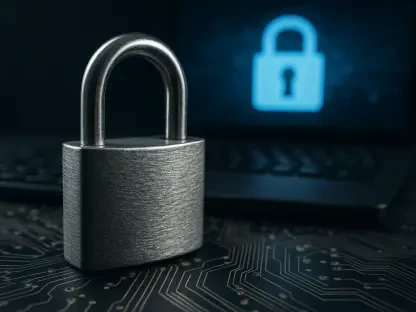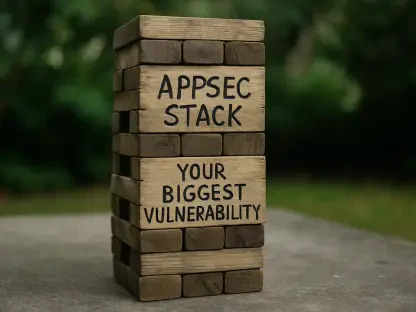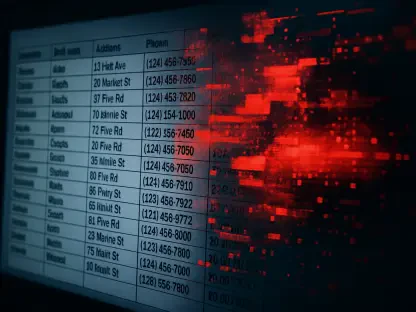In response to an increasing number of sophisticated cyberattacks on U.S. federal agencies, critical infrastructure providers, and high-profile individuals, the Biden administration has released a comprehensive executive order aimed at bolstering cybersecurity across various sectors. Issued on January 16, 2025, this executive order reflects an effort to address threats predominantly linked to state-backed actors from countries including China, Russia, and Iran, along with ransomware criminals. The order delineates several key measures designed to fortify America’s cyber defenses in both public and private sectors.
Strengthening Authority and Standards
Imposing Sanctions and Secure Development Practices
A critical component of the executive order grants the U.S. more authority to impose sanctions on hackers targeting critical providers such as hospitals. This measure aims to deter malicious actors by making cybercrimes significantly riskier and more challenging. In parallel, the executive order mandates that software vendors working with the federal government adopt secure development practices. Federal authorities will have the responsibility to validate this information and make it accessible to the private sector. This initiative is intended to foster informed decision-making across industries, ensuring that software procurement processes prioritize security.
To further solidify these initiatives, the National Institute of Standards and Technology (NIST) will create guidelines for secure software updates. The General Services Administration (GSA) is also tasked with developing directives for the secure use of cloud services. These measures coincide with the order’s aim to establish minimum cybersecurity standards for federal contractors. By streamlining bureaucratic procedures and cybersecurity requirements for federal information systems over the next three years, the administration hopes to create a more efficient and secure landscape for government operations.
Setting Guidelines and Directives
The order’s initiatives to standardize guidelines and directives reflect a commitment to enhancing overall cyber resilience. NIST’s guidelines for secure software updates are expected to set a benchmark for continuous improvement in the update processes, reducing vulnerabilities that could be exploited by adversaries. Similarly, the GSA’s directives for cloud services represent a critical step toward ensuring that government entities leverage cloud technologies securely while also maintaining compliance with federal standards.
These regulatory frameworks are complemented by the order’s move to impose stringent requirements on federal contractors. By establishing minimum cybersecurity standards, the administration aims to foster a culture of security-conscious practices among organizations that handle federal data and infrastructure. This holistic approach is designed to bolster defenses at various levels, ensuring that both contractors and federal agencies adhere to best practices in cybersecurity.
Harnessing AI and Public-Private Partnerships
Leveraging AI for Threat Detection
The executive order also prioritizes research into artificial intelligence (AI) tools that can identify software vulnerabilities, manage patching, and detect threats. By harnessing the power of AI, the administration aims to enhance its ability to confront and mitigate sophisticated attacks more effectively. AI, with its capacity for continuous learning and adaptation, is seen as a vital tool in the evolving landscape of cyber threats. The public-private partnership model envisioned in the order will enable collaboration between federal agencies and private entities to leverage AI technologies in protecting critical infrastructure, particularly in the energy sector.
Beginning in 2027, the U.S. will only procure internet-connected devices that comply with Cyber Trust Mark standards. This initiative underscores the administration’s commitment to promoting secure products in the marketplace, encouraging manufacturers to prioritize security in the design and development stages. By setting such standards, the executive order aims to create a ripple effect, prompting broader adoption of secure practices and ultimately enhancing the collective cybersecurity posture.
Collaborating with the Private Sector
The collaboration between the public and private sectors is crucial for the success of these initiatives. Public-private partnerships foster an environment where innovative solutions can be developed and implemented, enabling both sectors to stay ahead of emerging threats. This cooperative approach will also facilitate the sharing of critical information and intelligence, enhancing the ability to detect, respond to, and recover from cyber incidents.
Anne Neuberger, Deputy National Security Advisor for Cyber and Emerging Technologies, emphasized that the order’s objectives include making hacking more challenging and costly for adversaries while ensuring the protection of American businesses and citizens. She highlighted recent significant cyberattacks linked to Chinese state-sponsored groups, Russian aggression against satellite systems, and compromises affecting key sectors such as telecommunications and the Treasury Department. Her statements underline the importance of the comprehensive measures outlined in the executive order in defending against such threats.
Broader Implications and Future Directions
Addressing Security Challenges
Katell Thielemann, an analyst at Gartner, remarked that the executive order encapsulates security challenges which the Biden administration had aimed to tackle earlier but was constrained by time. While the incoming Trump administration could potentially alter some of these initiatives, the broad scope of the order reflects a robust, albeit belated, strategy toward enhancing cybersecurity. The approach outlined in the executive order signifies a multifaceted effort to deter state-sponsored cyber threats and improve overall defenses—a necessary evolution given the growing sophistication of adversaries.
The executive order’s comprehensive nature indicates a recognition of the interconnectedness of various aspects of cybersecurity. By targeting multiple vectors—ranging from secure software development and AI-based threat detection to fostering public-private partnerships—the administration aims to build a resilient cybersecurity framework capable of responding to both current and future challenges.
Enhancing Cybersecurity Resilience
In response to a growing wave of complex cyberattacks targeting U.S. federal agencies, critical infrastructure, and prominent individuals, the Biden administration has issued a sweeping executive order to enhance cybersecurity across multiple sectors. Announced on January 16, 2025, this directive aims to counteract threats primarily originating from state-backed actors in nations such as China, Russia, and Iran, as well as ransomware criminals. This order outlines several critical measures designed to strengthen America’s cyber defenses in both the public and private spheres. Measures include modernizing cybersecurity protocols, enhancing information sharing between the government and private entities, and improving the overall security posture of the nation’s digital infrastructure. By prioritizing these actions, the administration seeks to mitigate the risks posed by increasingly sophisticated cyber threats and establish a more robust cybersecurity framework to protect national interests, economic stability, and public safety.
